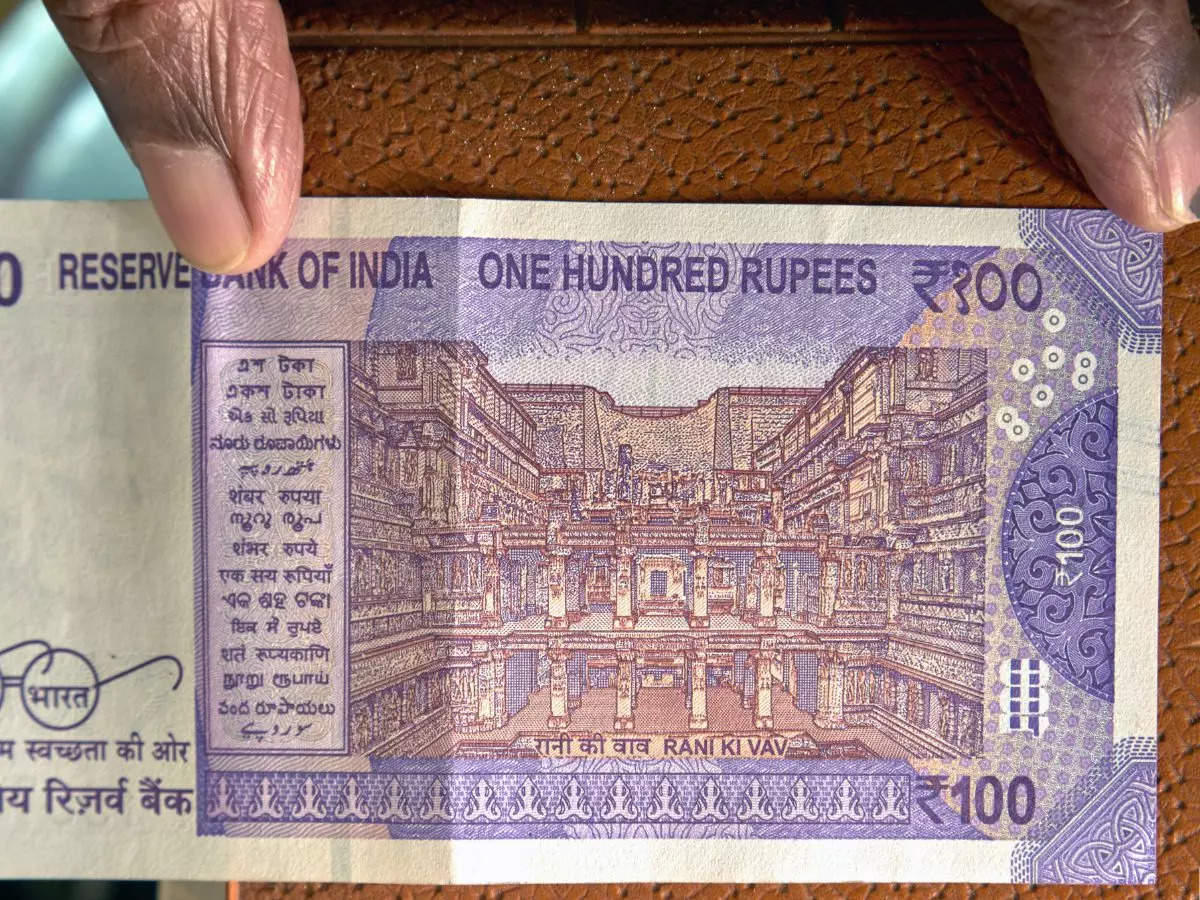
Rani Ki Vav is important for several reasons. First, it is a remarkable example of the architectural and artistic excellence of the Solanki period, which is considered the golden age of Gujarat. The stepwell showcases the intricate and elaborate carving skills of the craftsmen, who used sandstone as their medium. The sculptures reflect the influence of various styles, such as Nagara, Dravidian, and Maru-Gurjara, and also incorporate elements of Buddhism and Jainism.
Second, Rani Ki Vav is a testimony to the devotion and dedication of Queen Udayamati, who commissioned the stepwell as a tribute to her husband and as a symbol of her love. The stepwell also demonstrates the prominent role of women in the Solanki society, as they were patrons of art, culture, and religion.
Third, Rani Ki Vav is a valuable source of information about the history, culture, and beliefs of the people of Gujarat in the 11th century. The stepwell contains inscriptions in Sanskrit and Prakrit, which provide details about the construction, maintenance, and donations of the stepwell. The sculptures depict various aspects of Hindu mythology, such as the Dashavatar (the ten incarnations of Vishnu), the Sapta Matrika (the seven mother goddesses), and the Ashta Dikpalas (the eight guardians of the directions). The stepwell also represents the cosmological concept of the Naga (the serpent deity), who is believed to reside in the underworld and control the water sources.
Image: Canva
